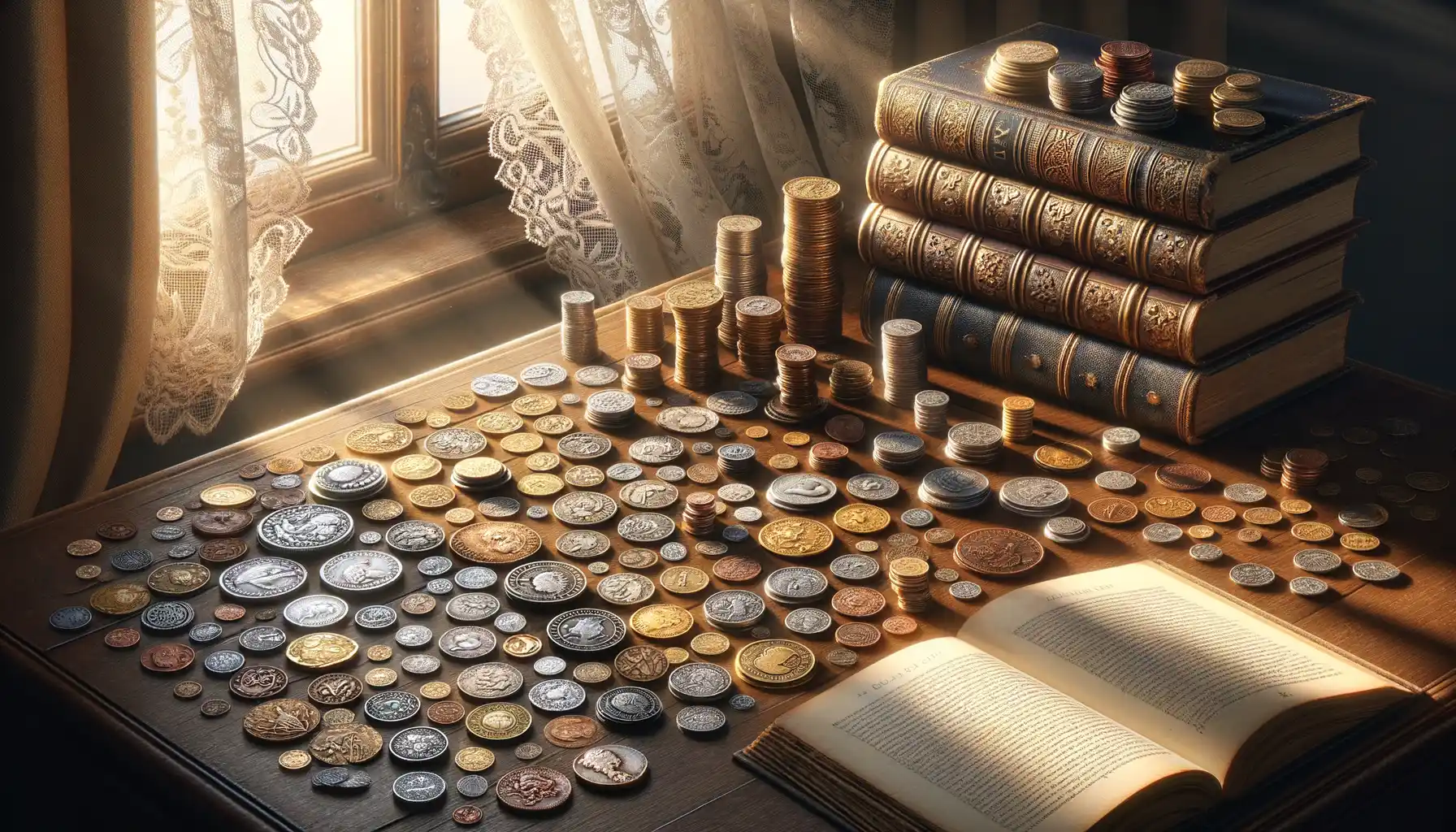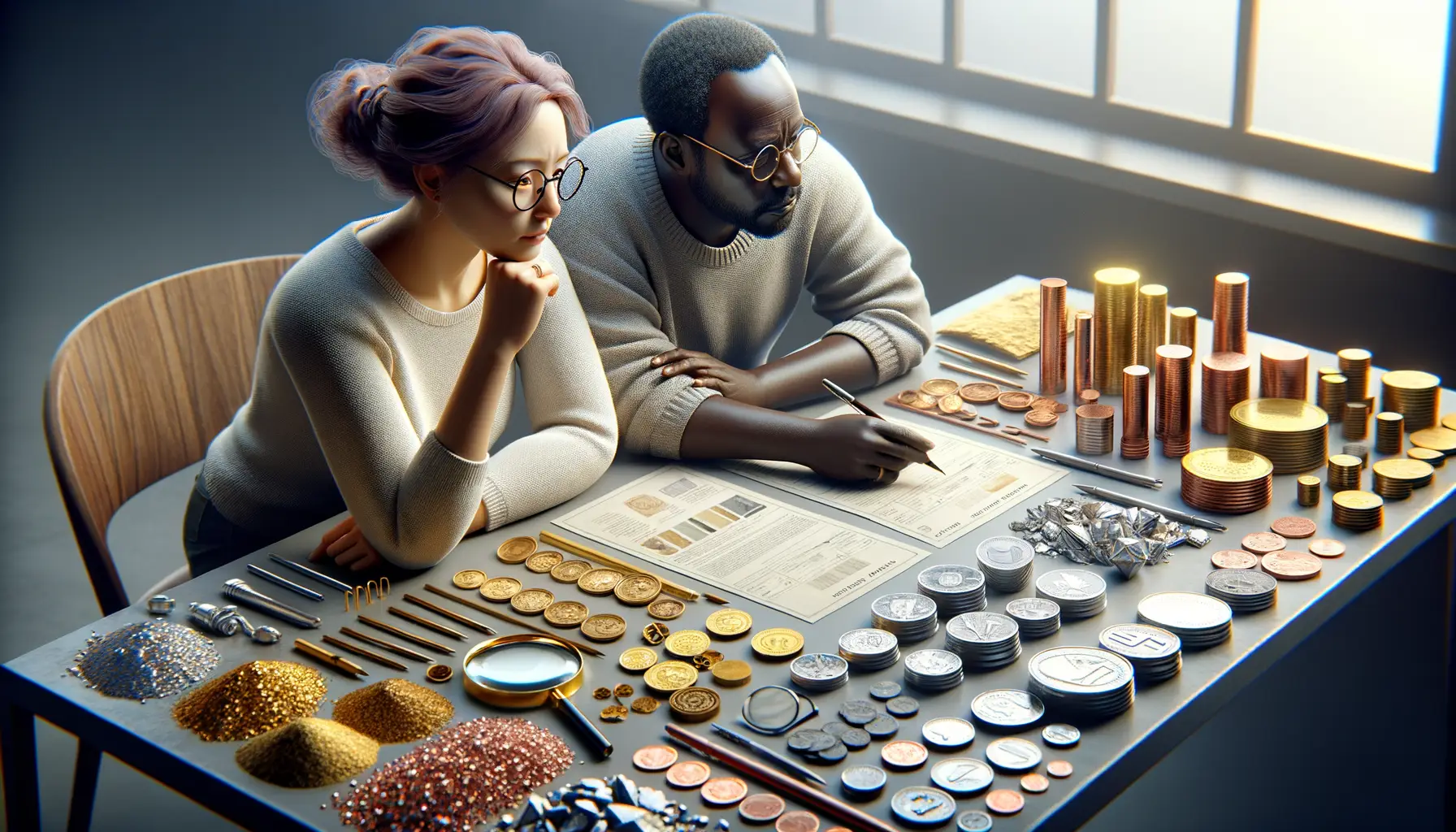Understanding Inflation and Its Impact on Investments
What Exactly Is Inflation?
Imagine trying to fill a jar with coins, but each year the jar somehow shrinks while your coins stay the same size. That’s inflation in action—slowly eroding the purchasing power of each dollar (or euro, or yen) you own. It’s not just about rising prices; it’s about how much your money can actually buy.
Inflation happens when demand outpaces supply or when the cost of goods and services rises due to factors like increased production costs. Over time, this sneaky phenomenon can quietly eat away at the value of traditional investments, like stocks or savings accounts.
For example, say you stash $10,000 in a bank account earning 1% interest annually. Meanwhile, inflation is running at 3%. Without doing a thing, you’re technically losing money! That $10K’s purchasing power shrinks by 2% each year—a real wake-up call for anyone counting on cash alone.
Why It Matters for Your Investments
Inflation doesn’t play fair, and it impacts different assets in very different ways:
- Fixed-income investments: Bonds and cash-based portfolios often suffer the most, as their returns don’t grow alongside rising prices.
- Physical assets: Tangibles like coins and precious metals can thrive, as they’re often seen as safe havens during times of uncertainty.
- Equities: Stocks may keep up—but only if businesses can pass increased costs onto consumers.
The key takeaway? Inflation isn’t just a financial buzzword; it’s a force that shapes every decision you make as an investor. And for coin enthusiasts, it opens opportunities to turn historical treasures into powerful tools for preserving wealth.
The Relationship Between Inflation and Precious Metals
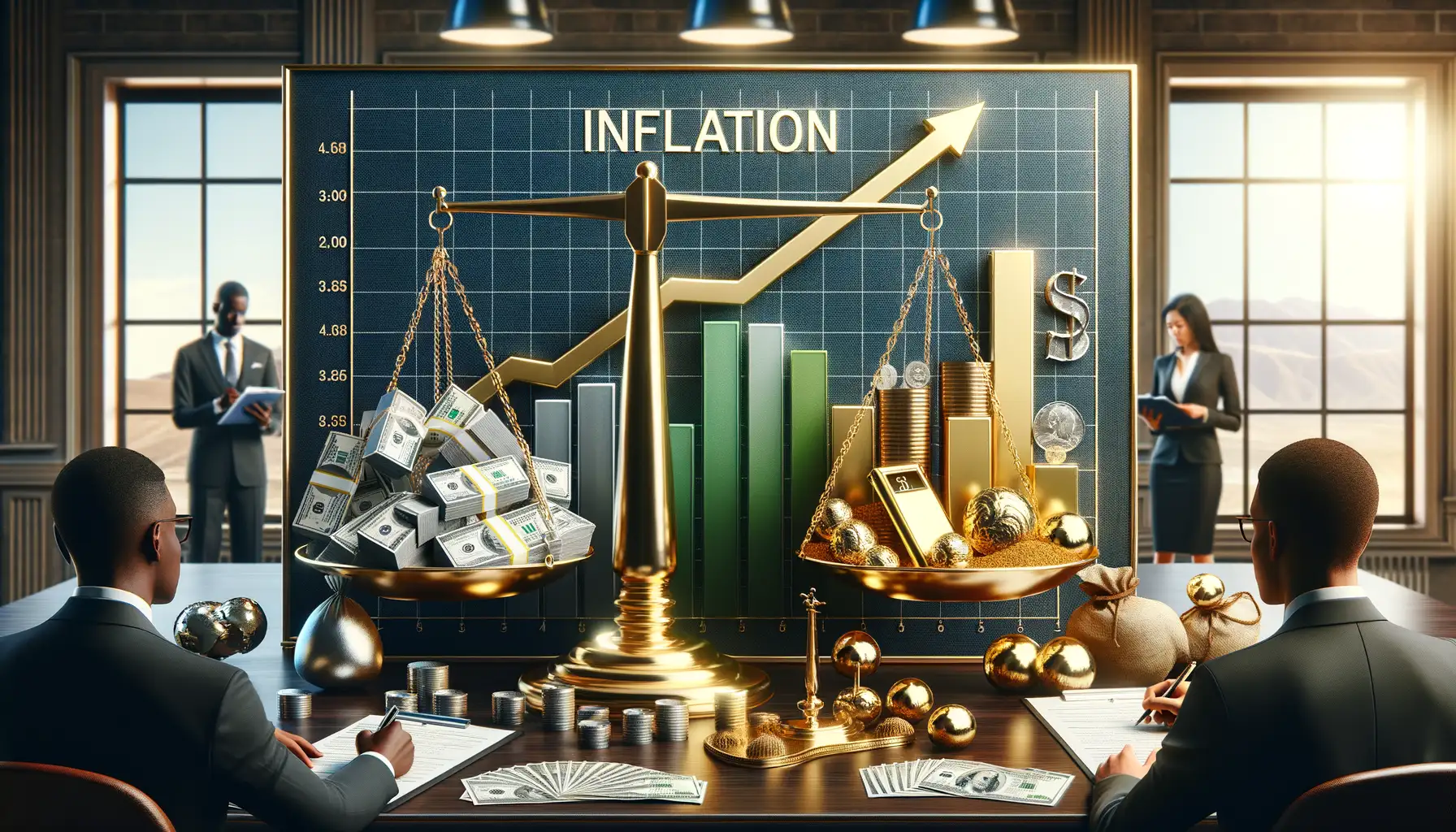
Why Precious Metals Shine Brighter When Inflation Looms
Imagine inflation as an unpredictable wave, creeping into your everyday life—your grocery bill rises, your savings shrink in value, and suddenly your financial plans feel like they’re losing ground. But here’s the twist: during these turbulent times, precious metals like gold and silver tend to sparkle.
Why? Unlike paper money, which can lose purchasing power when more of it is printed, precious metals are finite resources. They’ve been valued for centuries, standing as a beacon of stability when currencies falter. Think of them as a financial anchor during a stormy sea of inflation.
- Gold: Known as a “safe haven,” its value often increases as inflation rises, making it a go-to choice for investors.
- Silver: While more volatile than gold, it mirrors inflation trends closely, plus it’s valued in industrial applications, adding extra demand.
It’s like having a safety net that doesn’t just catch you—it grows stronger when the ground beneath you shakes. When inflation sets in, people instinctively flock to tangible assets, and history has proven time and again that precious metals deliver.
How Inflation Influences Coin Value and Demand
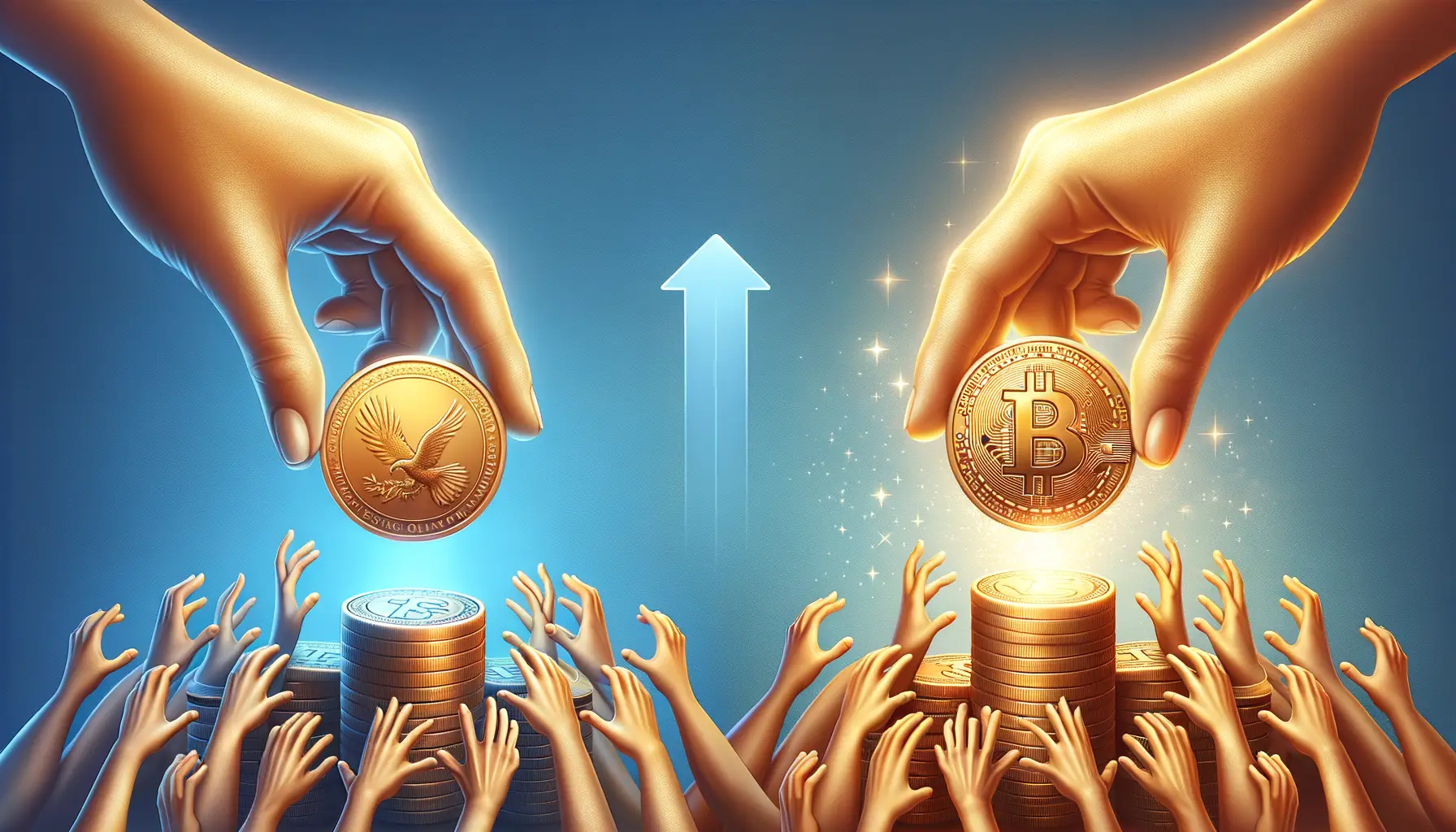
The Ripple Effect of Inflation on Your Coin’s Worth
When inflation sneaks into the economy like an uninvited guest, it doesn’t just jack up the price of gas and groceries—it has a fascinating way of shaking up coin values too. Why? Because coins, especially those made from precious metals like gold and silver, often act like anchors in stormy financial seas. They’re not just shiny collectibles; they can become safe havens when paper money starts losing its sparkle.
Here’s how it works:
- Inflation erodes purchasing power: As your dollars buy less, investors often flock to physical assets like coins to protect their wealth.
- Rising demand spikes values: Higher interest in collectible or bullion coins can drive prices through the roof.
Take a classic example: during the 1970s inflation surge, gold coins didn’t just hold value—they skyrocketed. Why? Because people were searching for anything tangible and lasting. The same principle can apply today when uncertainty looms.
Demand Dynamics: Coins in the Spotlight
Not all coins react to inflation equally. While bullion coins thrive on metal value, rare collectible coins can gain appeal due to their historical charm. Imagine holding a 19th-century Morgan silver dollar! Its worth might climb, not only because of silver prices but also because its story resonates more during economic unrest. It’s like owning a slice of history that refuses to lose relevance.
Strategies for Investing in Coins During High Inflation
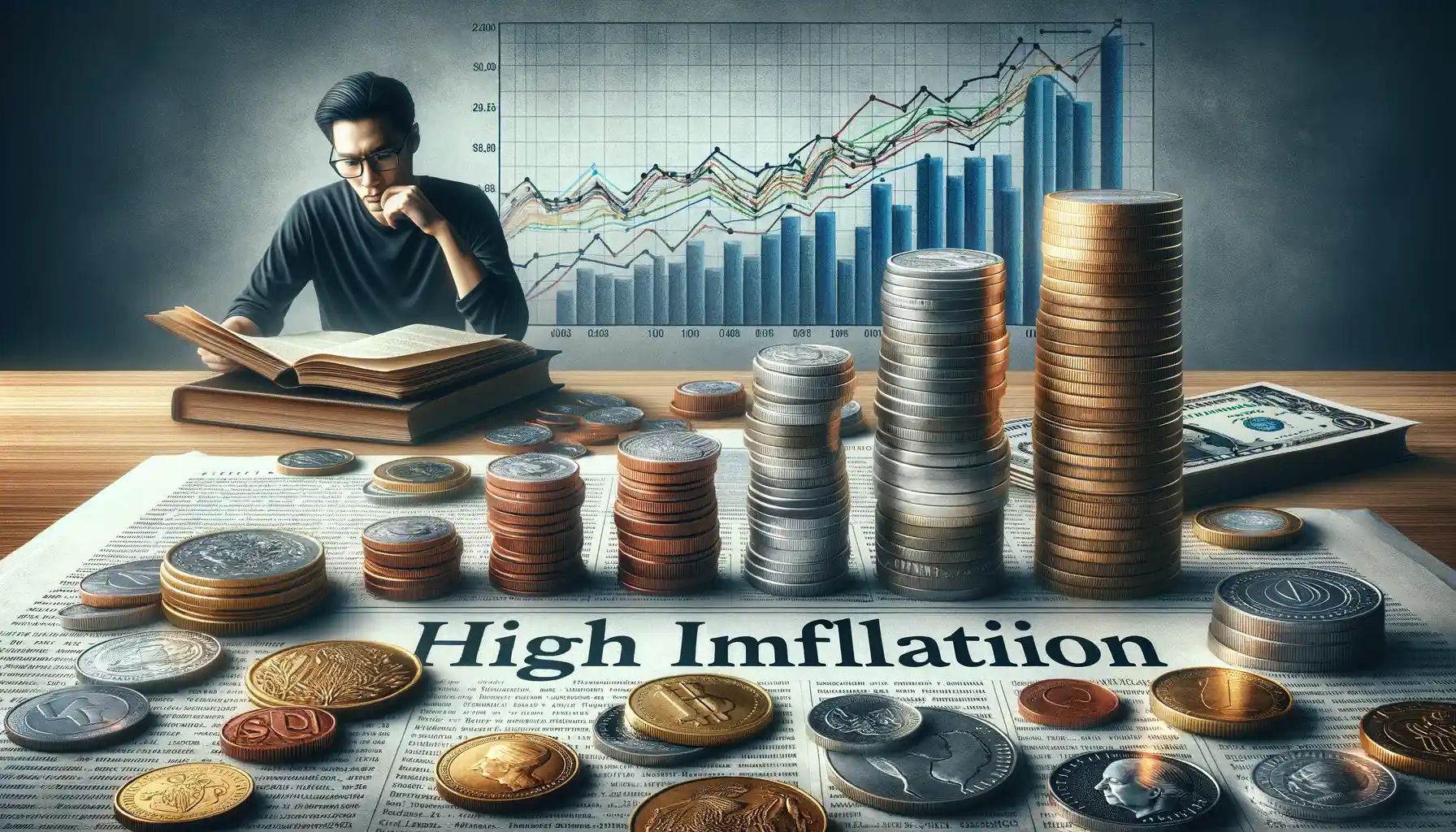
Why Coins Can Shine When Inflation Soars
When inflation surges, it’s like a thief quietly sneaking into your wallet—gnawing away at purchasing power. But here’s the silver lining (pun intended): investing in coins during such times can feel like holding onto a life raft in chaotic waters. Why? Because certain coins, especially those made from precious metals like gold and silver, don’t just weather inflation—they thrive.
Think of gold coins like anchors in a storm. Their intrinsic value isn’t tied to paper money or central banks—it’s rooted in scarcity and demand. Plus, collector coins, known as numismatic coins, add an extra layer of intrigue. Rare pieces often soar in value as collectors scramble to own something both finite and historically rich.
- Look for bullion coins (like the American Gold Eagle) to stay ahead of inflation.
- Rare, historically significant coins could yield hidden treasures during economic uncertainty.
- Strike a balance: diversify between coins and other assets to reduce risk.
Timing and Tactics for Coin Investing
Here’s the secret sauce: timing is everything. Inflation spikes often lead to price jumps in precious coins, so buying early secures you a prime spot at the table. Keep tabs on real-time data—watch inflation rates and market trends like a hawk. And yes, don’t forget about storage! A pristine coin kept in a secure, temperature-controlled environment retains its luster, both literally and financially.
Lastly, never underestimate the human touch. Talk to dealers, join online forums, and connect with fellow investors. Sometimes, the best strategies come not from charts, but from shared stories and lived experience.
Long-Term Perspectives on Coin Investments in an Inflationary Economy
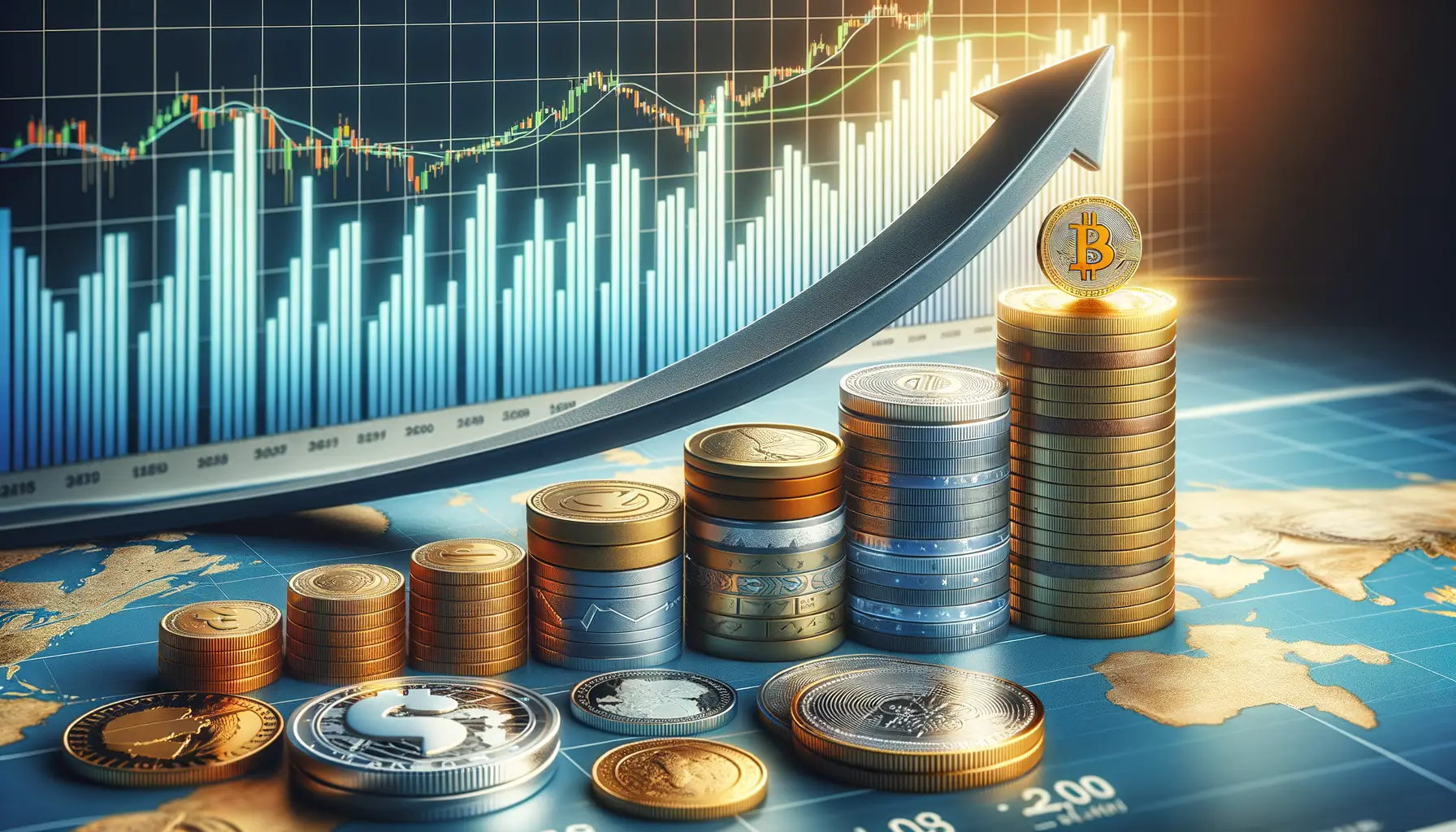
The Quiet Resilience of Coins in Volatile Times
When inflation roars like a wildfire, devouring the purchasing power of cash and shaking traditional markets, coin investments often stand firm—less like a fragile twig, more like a deeply rooted tree. Why? Because coins, especially those made of precious metals like gold and silver, bring something unique to the table: a combination of rarity, history, and intrinsic value that paper assets simply can’t match.
Think about it. A well-preserved rare coin isn’t just metal—it’s a tangible piece of history. Now, layer on rising inflation. As everyday currencies weaken, demand for these sturdy, timeless treasures tends to soar. Investors flock to what they can hold, trust, and know won’t vanish overnight.
Here are some long-term advantages of coin investments during inflationary periods:
- Wealth preservation: Precious metals within many coins protect your wealth from losing its value over time.
- Tangible security: Unlike stocks or bonds, you can physically store and access coins anytime.
- Limited supply: Rarity fuels desirability, and when the market craves tangible assets, this demand only grows stronger.
The Role of Time in Coin Value Growth
Patience is where coin collecting shines. History reveals that coins often appreciate in value not just because of inflation, but because of changing trends, collectors’ interests, and dwindling availability. Imagine holding onto a 1927 Saint-Gaudens Double Eagle—a coin once worth $20 but valued over a million dollars today at auction. That’s the kind of potential we’re talking about!
Yet, it’s not just about gold or silver grades. Even modern coins with unique minting errors or limited editions gain momentum as enthusiasts hunt for these hidden gems. If inflation persists, coins could become the vault of “unseen wealth” nobody anticipated. And that’s where the magic lies.

